Introduction to Tonkatsu
Tonkatsu, also known as pork cutlet, is a traditional Japanese dish in which slices of pork tenderloin are breaded and deep fried. It is usually served with a sweet and spicy sauce. Tonkatsu is a unique dish that originated in Japan. It is famous because it is one of the most popular “western-style” Japanese dishes in Japan.
Along with tempura, tonkatsu is one of Tokyo’s deep-fried delicacies. Instead of using wheat flour and beaten eggs, they use batter flour for efficiency. Batter flour is a mixture of wheat flour and dried egg powder and is almost the same as tempura flour. As we progress through this article, we will learn more about tonkatsu.
Etymology

Now, let’s get to know the meaning of the word “Tonkatsu.” The word Tonkatsu derives from two Japanese words; “Ton” and “Katsu”. The origin of the name Tonkatsu comes from the French word “courtlet de pole panel” (meaning fried pork with bones). Consequently, it became “katsuretsu” as a word specialized in fried food throughout Japan. And it is a word-coined in Showa by combining Japanese “ton (豚)” (pork) which translates to “pig, or pork.” And “katsu (カツ),” a shortened version of “katsuretsu,” meaning “cutlet”.
What is Tonkatsu?

Tonkatsu or pork cutlet is a Japanese food in Tokyo prefecture that consists of pork tenderloins or fillet breaded and deep-fried. Traditionally, the Japanese usually serve this with a sweet and savory sauce or “Tonkatsu sauce”. Additionally, some restaurants serve this with sesame, mustard, and salt. Many pork cutlet specialty stores currently offer it in a Japanese style that includes bowl rice, miso soup, and pickles.
Japanese usually serves Tonkatsu with tonkatsu sauce, sesame seeds, mustard, and salt. However, depending on the store or region, they retain the Western style such as serving rice on a flat plate and sprinkling sauce instead of tonkatsu sauce. While tonkatsu is by far the most popular katsu dish, there are other variations consists of chicken, beef, ham, and ground meat.
History of Tonkatsu
In Japan, they banned eating carnivorous food from the latter half of the 7th century. It wasn’t until the end of seclusion and the era of civilization that people started eating meat in general. It was a trial and error for everyone when it comes to cooking methods. Subsequently, the ingredients also are all repeated to match the inedible meat dishes to the Japanese taste. In other words, many of the standard menus using meat were introduced after civilization and were arranged in a Japanese style.
In the Taisho era, a specialty store called “Katsuretsuya” appeared, and in the early Showa period, a sign called “Tonkatsu” was hung around Ueno’s Ponta restaurant in 1904. Shinjiro Shimada owned that restaurant. In the early Taisho era, he came up with a pork cutlet when the fillets he was selling isn’t selling well. Additionally, shredded cabbage and tonkatsu are inseparable when one eats them. And so, the person who devised the shredded cabbage as a garnish was the owner of “Renga-Tei” in Ginza. Through the wisdom of many predecessors, Japanese people loved tonkatsu and it became one of the representative foods of the country.
Tonkatsu Recipe

Now, you should also know about the tonkatsu recipe. Firstly, is its ingredients. Tonkatsu has pork loin or fillet, cabbage, bread crumbs (for breading), sesame seeds, egg, salt, and pepper.
How to make Tonkatsu?
The pork streak is the connection between lean meat and fat. When the muscles shrink under heating, the whole meat swells and the meat doesn’t cook evenly. To prevent this from happening, stab the tip of a knife in several places with streaks and cut the streaks.
Beat the meat and push it outward. The meat becomes tender. With both hands, make sure to thinly spread the meat and return it to its original thickness and shape.
Sprinkle salt and pepper on both sides of the pork. Put flour on a plate, sprinkle the pork with flour.
Arrange two plates side by side. Whisk eggs and mix them with 1 tablespoon of water. Take the pork and soak both sides in the egg liquid, then put it on the bread crumbs as it is.
When the oil reaches about 170 ° C (try it with bread crumbs, it foams and scatters and does not become brown). Add the pork and leave it for 20 to 30 seconds until the surface hardens. When the crumbs become crispy, turn it over. After 4 to 5 minutes, it becomes deep-fried, and when the bubbles become smaller and less, it is complete.
Lift the pork, soak the bottom edge in the oil stand, and the oil will fall down. When the oil is almost gone, remove it.
How to make Tonkatsu sauce?

In making the tonkatsu sauce, you will need to stir ketchup, soy sauce, brown sugar, mirin, Worcestershire sauce, ginger, and garlic.
Difference between Loin and Fillet

The big difference between loin and fillet is the amount of fat. Loin meat has more fat than fillet, and fillet is lean meat with less fat. Loin meat refers to the meat on the back of the pork, and fillet refers to the elongated muscles. Pork loin is a part where you can easily feel the sweetness of fat. Meanwhile, the fillet is meat closer to the center of the body than loin on the back. The fat contained in the loin has a moderate sweetness, and those who want to enjoy the sweetness of the meat may find the loin to be more delicious than the fillet.
Tonkatsu vs Katsudon

There is one more popular Katsu dish called “Katsudon (カツ丼)” in Japan, which is fairly well-known overseas. As we stated here in this article, tonkatsu is a Japanese-style pork cutlet whose meat, typically from the portion fillet or loin, breaded and deep-fried. Meanwhile, Katsudon is a type of “Donburi (丼)” or Japanese rice bowl dish. It typically consists of rice in a bowl topped with Tonkatsu slices, covered with lightly cooked egg.
When is “Tonkatsu Day”?
The Japan Anniversary Association designated October first as Tonkatsu Day after Ajinochinuya Co., Ltd., a food company, first advocated it.
What goes well with Tonkatsu?

There are many shops where you can choose either loin or fillet for the meat part. They usually serve Tonkatsu with tonkatsu sauce, sesame seeds, mustard, and salt. Additionally, locals add shredded raw cabbage to pork cutlets because it allows you to take vitamin U or freshwater clam soup, which helps digestion and absorption and suppresses fat absorption.
Is Tonkatsu healthy?
Generally, tonkatsu is deep-fried, which means it has a lot of calories and is pretty unhealthy. So having it with fresh julienned cabbage can make it healthier. In terms of nutrition, the vitamin U contained in cabbage helps gastrointestinal activities, and prevents heartburn and indigestion after eating fried things. In addition, the vitamin C present in cabbage maintains the health of the mucous membranes in the stomach, and the dietary fiber interferes with the absorption of fats.
Recommended Tonkatsu restaurant
Tonta

The store has a quaint image with a long-established feel. You can feel the warmth of history rooted in the local area. Additionally, this shop created the fried pork cutlet boom at low temperatures. The batter is crispy and light and naturally, the taste is elegant and the fat is sweet. The pork itself remains reddish and soft to chew.
Ginza Izumi

Ginza Izumi serves black pork loin, which has a firm texture but is soft. The sweetness of the fat does not make you feel awful because they fried it in a blend of lard and salad oil. They also serve it with freshly cooked rice and freshwater clam soup. It is a well-known restaurant loved by a wide range of generations for its “soft pork cutlet that customers can cut with chopsticks.”
Maruyama Kippei

It’s been 3 years since the store opened. Many customers say that the shop serves an excellent pork cutlet with a wonderful sense of rareness. The pork cutlet is thick and has a voluminous appearance. The tenderness and juiciness of the meat are incredible too. If you look at the cross-section of the meat, the center is pink and you can feel the rareness of it. Additionally, the batter is perfectly light and crispy.
Tonkatsu Katsura
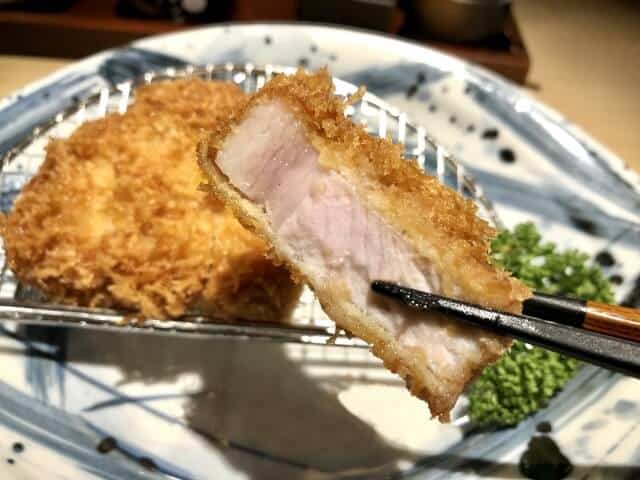
Currently, this one is a famous store in Kokubunji. Some say that it is one of the best pork cutlet shops in the Tama area of Tokyo. It is open only during the day and there is no end to the line. They serve light tonkatsu with a little fat, but the taste of the meat and the technique of frying are wonderful, and that has changed the knowledge locals know of tonkatsu.
Tonkatsu Tonki

The cutlet has a juicy feel of thin batter and gravy. The customer service of this shop is also wonderful. With the opening of the store at 4 pm, customers pile up one after another, and the counter will be full in minutes. The sound of the oil used to fry the pork cutlet echoes in the quiet interior. The chef says that he wants customers to enjoy the taste of the batter, so he adds flour and eggs three times. The shop also uses finely ground bread crumbs and fry them slowly at a low temperature of 160 degrees for about 20 minutes.
Conclusion
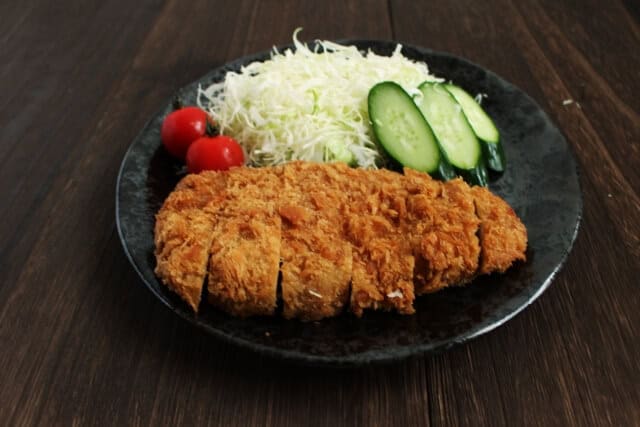
Tonkatsu is a common dish that you can find at a variety of restaurants across the country. It is one of the quintessential Japanese pork dishes that are popular in many countries. Tonkatsu is famous for two reasons: one is the juicy pork on the inside, and the other is the thick flour coating. Like tempura, the combination of these two together when deep-fried gives you a very crispy pork cutlet. This makes the meat lovers go crazy for it. To add more flavor, people often season the flour with salt and pepper.




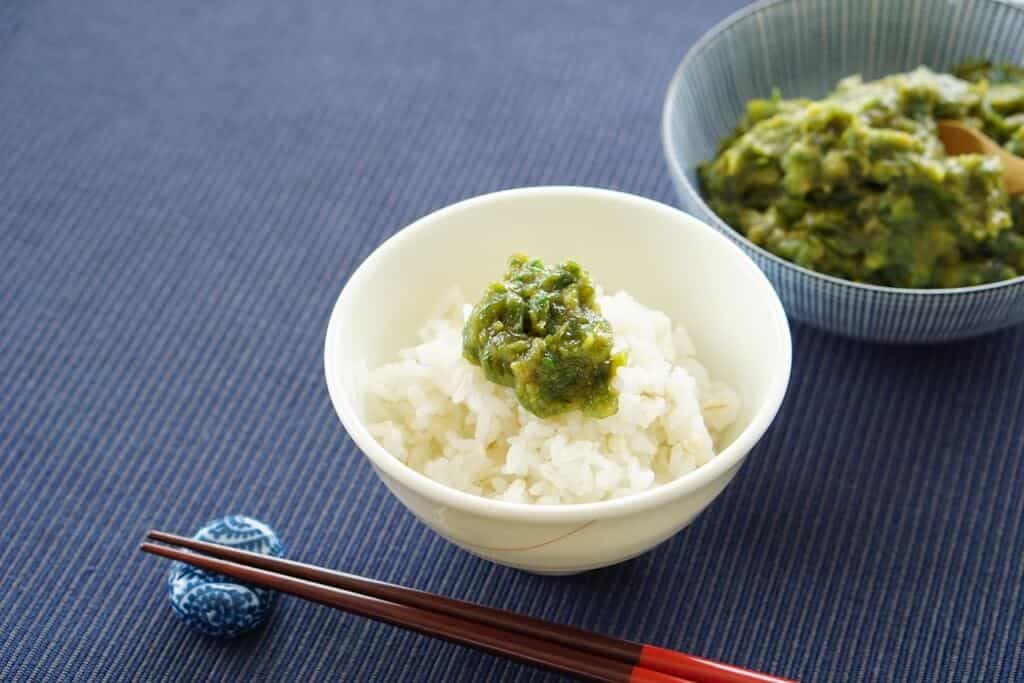

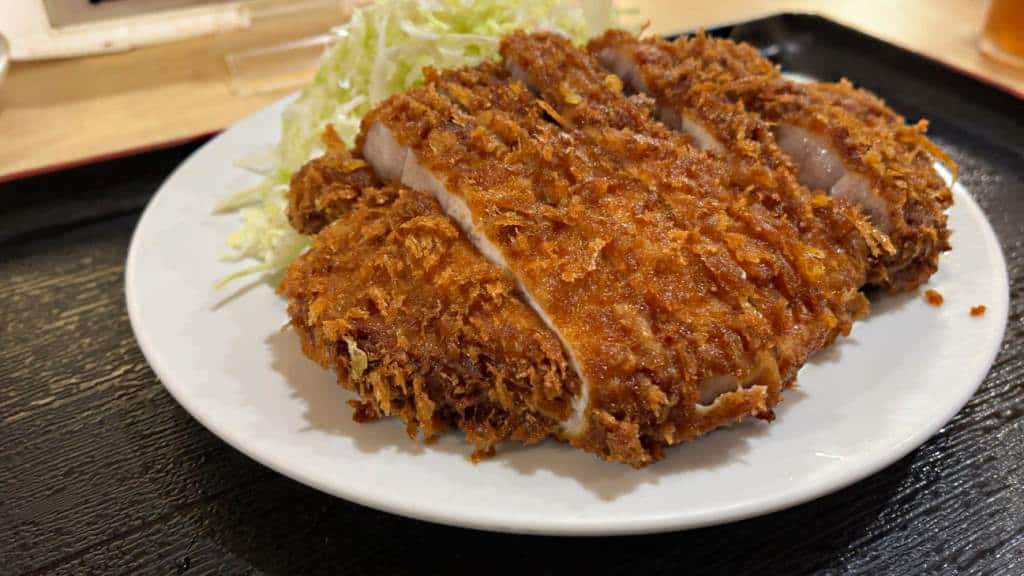






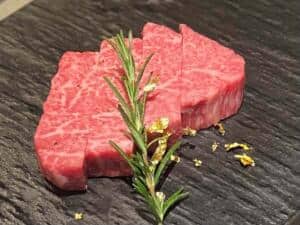


Comments